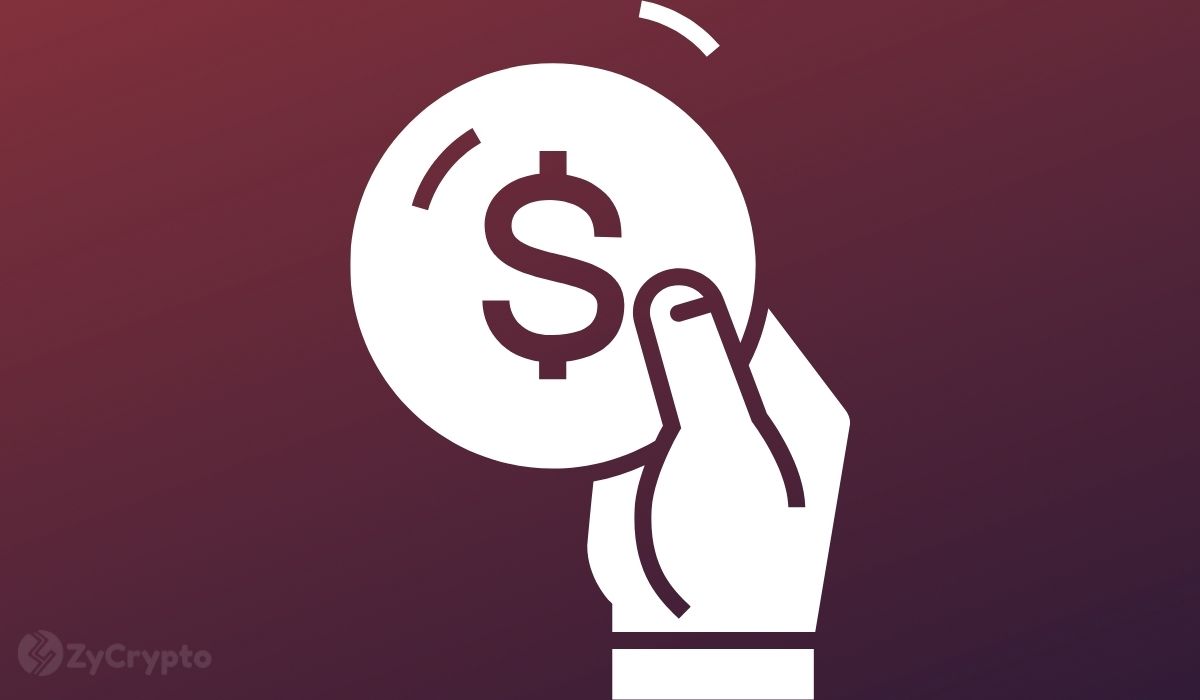ARTICLE AD BOX

JPMorgan Chase, the largest bank in America, has filed for a trademark for a digital currency titled JPMD with the US Patent and Trademark Office (PTO). At this stage, it is unclear what JPMD represents or whether it is a new stablecoin developed by JPMorgan in secret. A stablecoin pegs a digital currency to a real-world asset such as the US dollar.
JPMorgan has taken an interest in stablecoins, signalling a change in the bank’s stance regarding using digital assets in the finance industry. The PTO website described the JPMD trademark as representing a service that would provide trading and exchange services for digital assets. The trademark is categorised as relating to cryptocurrencies and blockchain technology. Traders on X have surmised that the new crypto trademark is JPMorgan’s stablecoin and will be accompanied by a coin offering.
JPMD, the new trademark by JPMorgan, seems to imply that the “D” represents the word “dollar”, making the new crypto trademark a stablecoin issued by JPMorgan. Other stablecoins of note include Tether’s USDT and Circle’s USDC. The Wall Street Journal published an article on May 22 suggesting that JPMorgan, Wells Fargo, and Bank of America planned to create a stablecoin shared between them. The WSJ article indicated that the stablecoin would speed up routine transactions and make cross-border payments. Therefore, the stablecoin could be used as an advanced accounting tool to save on transaction costs and record financial details within the bank. However, one can only speculate as to the legitimacy of the WSJ article at this stage.
The Genius Act, meanwhile, is being considered by US lawmakers as a way to install regulatory guardrails on stablecoin use. Many expect the new laws to pass through this summer. Various companies plan to capitalise on the looser regulations relating to stablecoin use. JPMorgan may be one such company that intends to profit by investing early in stablecoin technology. The Trump administration may continue to provide incentives for the crypto industry. Therefore, companies from non-crypto industries may take a proactive approach to stablecoin investing. The Trump-backed crypto World Liberty project debuted its stablecoin USD1. The crypto company BitGo announced its stablecoin, USDS. Tether, however, remains the most popular stablecoin by market capitalisation with its token USDT. The World Liberty token USD1 is backed by real-world assets such as US dollars to legitimise the project.
JPMorgan has adopted Bitcoin into its financial business model, accepting Bitcoin spot ETFs as collateral for loan applications. When assessing creditworthiness, JPMorgan will consider digital assets alongside fine art and vehicles to ascertain an individual’s net worth. JPMorgan has started considering BlackRock’s iShares Bitcoin Trust (IBIT) as a loan collateral. The largest bank in America has surely begun to embrace Bitcoin within its business practices. Therefore, it seems reasonable to suggest that they will adopt their own stablecoin, especially with the current climate that may favour the stablecoin market. The major banks in America may be trying to control the issuance and circulation of stablecoins while applying traditional finance rules to use these assets.
The PTO website has formally accepted the trademark application but is awaiting further review by a separate examiner. The trademark application allows JPMorgan to connect a trade name to an underlying process so that they have exclusive rights to use that name. Kinexys Digital Payments is the blockchain specialist that JPMorgan uses to complete its crypto projects. Kinexys completed their second test batch of transactions on a public blockchain last week. JPMorgan has the specialists lined up to adopt blockchain more fully within their bank. However, they have a lot of competition to contend with, such as with Tether, the largest issuer of US stablecoins.
.png)
 5 hours ago
3
5 hours ago
3








 English (US)
English (US)